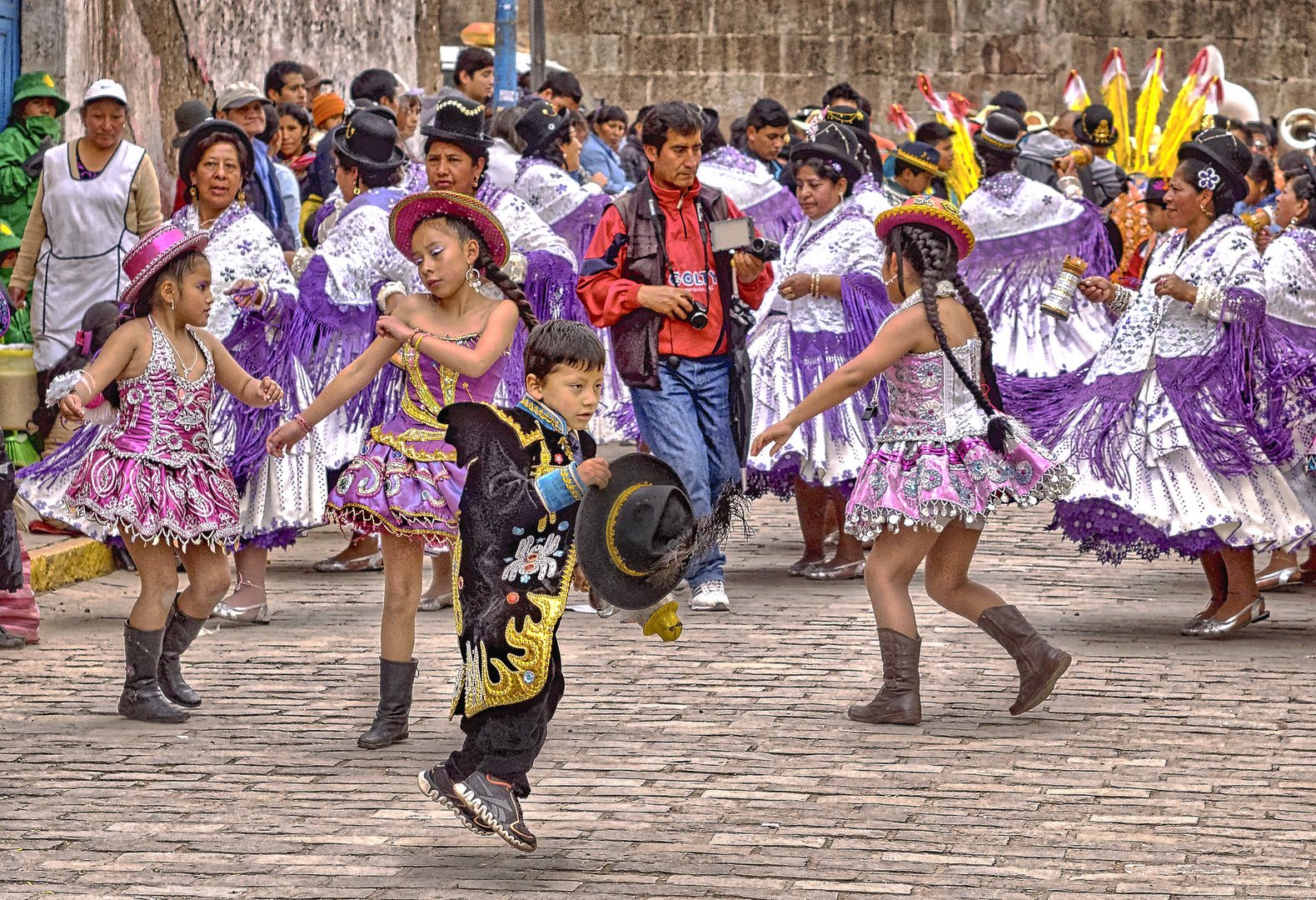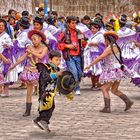Do Your Thing
On this Holy and some what not related day in Peru, out side of maybe the freedom of speech, founded in the biblical theology, and not the founding fathers within the time of history. On can say that
San Sebastian was a real person that became a Saint.
Saint Sebastains By the sea, and Episcopal Church says,"
St. Sebastian was a Roman martyr. Little more than the fact of his martyrdom can be proved about his life. In the Roman Catholic "Depositio martyrum" of the chronologer of 354 it is mentioned that Sebastian was buried on the Via Appia. St. Ambrose ("In Psalmum cxviii"; "Sermo", XX, no. sliv in PL, XV, 1497) states that Sebastian came from Milan and even in the time of St. Ambrose was venerated there.
The Acts, probably written at the beginning of the fifth century, relate that he was an officer in the imperial bodyguard and had secretly done many acts of love and charity for his brethren in the Faith. When he was finally discovered to be a Christian, in 286, he was handed over to the Mauretanian archers, who pierced him with arrows; he was healed, however, by the widowed St. Irene. He was finally killed by the blows of a club.,
St. Sebastian was born at Narbonne, in Gaul, but his parents were of Milan, in Italy, and he was brought up in that city. He was a fervent servant of Christ, and though his natural inclinations gave him an aversion to a military life, to be better able (without suspicion) to assist the confessors and martyrs in their sufferings, he went to Rome and entered the army under the emperor Carinus about the year 283.
It happened that the martyrs, Marcus and Marcellianus, under sentence of death, appeared in danger of being shaken in their faith by the tears of their friends. Sebastian, seeing this, steps in and made them a long exhortation to constancy, which he delivered with the holy fire that strongly affected all his hearers.
Zoe, the wife of Nicostratus, having for six years lost the use of speech by a palsy in her tongue, fell at his feet, and spoke distinctly; making the sign of the cross on her mouth. She, with her husband Nicostratus, who was master of the rolls, the parents of Marcus and Marcellianus, the jailer Claudius, and sixteen other prisoners, were converted; and Nicostratus, who had charge of the prisoners, took them to his own house, where Polycarp, a holy priest, instructed and baptized them.
Chromatius, governor of Rome, being informed of this, and that Tranquillinus, the father of Saints Marcus and Marcellianus, had been cured of the gout by receiving baptism, desired to be instructed in the faith, being himself grievously afflicted with the same distemper. Accordingly, having sent for Sebastian, he was cured by him, and baptized with his son Tiburtius. He then enlarged the converted prisoners, made his slaves free, and resigned his prefectship.
Chromatius, with the emperor's consent, retired into the country in Campania, taking many new converts along with him. It was a contest of zeal, out of a mutual desire of martyrdom, between St. Sebastian and the priest Polycarp, which of them should accompany this troop, to complete their instruction, and which should remain in the city to encourage and assist the martyrs, which latter was the more dangerous province.
St. Austin wished to see such contests of charity amongst the ministers of the church. Pope Caius, who was appealed to, judged it most proper that Sebastian should stay in Rome as a defender of the church. In the year 286, the persecution growing hot, the Pope and others concealed themselves in the imperial palace, as a place of the greatest safety, in the apartments of one Castulus, a Christian officer of the court.
St. Zoe was first apprehended, praying at St. Peter's tomb on the feast of the apostles. She was stifled with smoke, being hung by the heels over a fire. Tranquillinus, ashamed to be less courageous than a woman, went to pray at the tomb of St. Paul, and was seized by the populace and stoned to death. Nicostratus, Claudius, Castorius, and Victorinus were taken, and, after having been thrice tortured, were thrown into the sea. Tiburtius, betrayed by a false brother, was beheaded. Castulus, accused by the same wretch, was thrice put on the rack, and afterwards buried alive. Marcus and Marcellianus were nailed by the feet to a post, and having remained in that torment twenty-four hours, were shot to death by arrows.
St. Sebastian, having sent so many martyrs to heaven before him, was himself impeached before the Emperor Diocletian, who, having grievously reproached him with ingratitude, delivered him over to certain archers of Mauritania, to be shot to death. His body was covered with arrows, and he left for dead.
Irene, the widow of St. Castulus, going to bury him, found him still alive, and took him to her lodgings, where, by care, he recovered of his wounds, but refused to fly, and even placed himself one day by a staircase where the emperor was to pass, whom he first accosted, reproaching him for his unjust cruelties against the Christians.
This freedom of speech, and from a person, too, whom he supposed to have been dead, greatly astonished the emperor; but, recovering from his surprise, he gave orders for his being seized and beat to death with cudgels, and his body thrown into the common sewer.
A pious lady, called Lucina, admonished by the martyr in a vision, got Sebastian's body privately removed, and buried it in the catacombs at the entrance of the cemetery of Calixtus. A church was afterwards built over his relics by Pope Damasus, which is one of the seven ancient stationary churches at Rome, but not one of the seven principal churches of that city, as some moderns mistake; it neither being one of the five patriarchal churches, nor one of the seventy-two old churches which give titles to cardinals.
St. Ado, Eginard, Sigebert, and other contemporary authors relate that, in the reign of Louis Debonnair, Pope Eugenius II gave the body of St. Sebastian to Hilduin, Abbot of St. Denys, who brought it into France, and it was deposited at St. Medard's, at Soissons, on the 8th of December, in 826 With it is said to have been brought a considerable portion of the relics of St. Gregory the Great.
The rich shrines of Saints Sebastian, Gregory, and Medard were plundered by the Calvinists in 1564, and the sacred bones thrown into a ditch, in which there was water. Upon the declaration of two eye-witnesses, they were afterwards found by the Catholics, and in 1578 enclosed in three new shrines, though the bones of the three saints could not be distinguished from each other.
The head of this martyr, which was given to St. Willibrord by Pope Sergius, is kept at Esternach, in the duchy of Luxemburg. Portions of his relics arc shown in the cathedral at St. Victor's; the Theatins and Minims at Paris; in four churches at Mantua; at Malacca, Seville, Toulouse; Munich in the ducal palace; Tournay in the cathedral; Antwerp in the Church of the Jesuits; and at Brussels in the chapel of the court, not at St. Gudule's, as some have mistaken.
St. Sebastian has been always honoured by the church as one of her most illustrious martyrs. We read in Paul the deacon in what manner, in the year 680, Rome was freed from a raging pestilence by the patronage of this saint. Milan in 1575, Lisbon in 1599, and other places, have experienced in like calamities the effects of his intercession with God in their behalf".
We celebrate St. Sebastian's feast day on January 20th.










archiek 12/02/2015 4:26
Lots of things going on in this image. The boy jumping, girls dancing but the guy with the cameras seems out of place. The workers on the left offer a strong contrast.Good work.
Regards,
Archie
rschaefer 11/02/2015 23:02
He is flying :)Beautiful street.
I wonder if the other photographer got a pic of you ;-)
Greetings,
Rebecca
Dagi.H. 11/02/2015 7:36
Bisschen viel Geschichte am frühen Morgen :-)Tradition ist also angesagt und soweit ich aus Filmberichten weiß, wird diese in Peru sehr hoch gehalten. Manchmal denke ich, dass die Heiligen ihres eigenen Volkes noch höher bei dem Großteil der Bevölkerung im Kurs stehen. Man vermischt - wie überall auf der Erde - in den Kulturen die archaischen Glauben mit dem Christentum. Ist ja hier genau so.
Ein schönes Straßenfoto. Man sieht, die Kleinen sind voll dabei.
LG Dagi